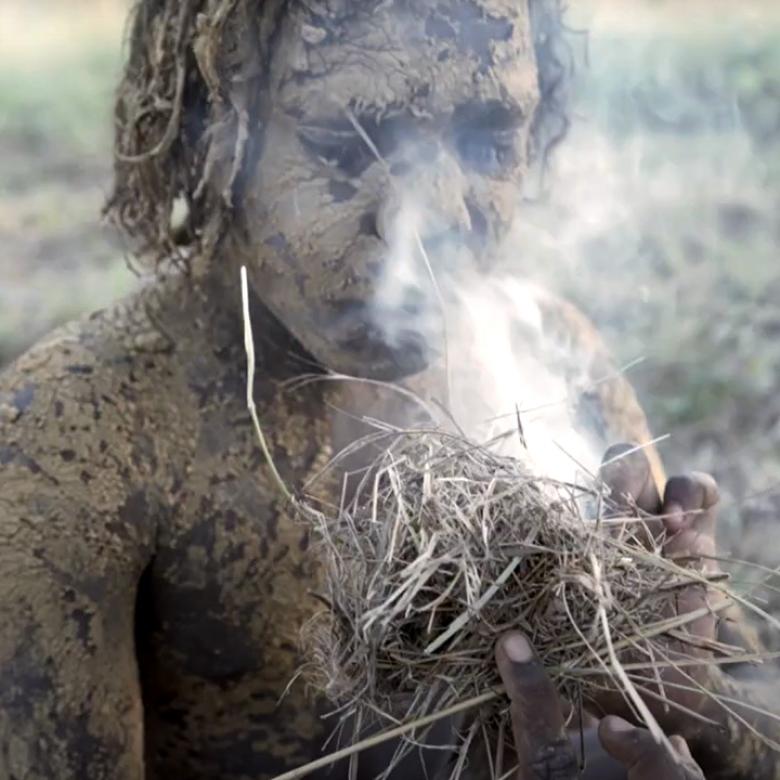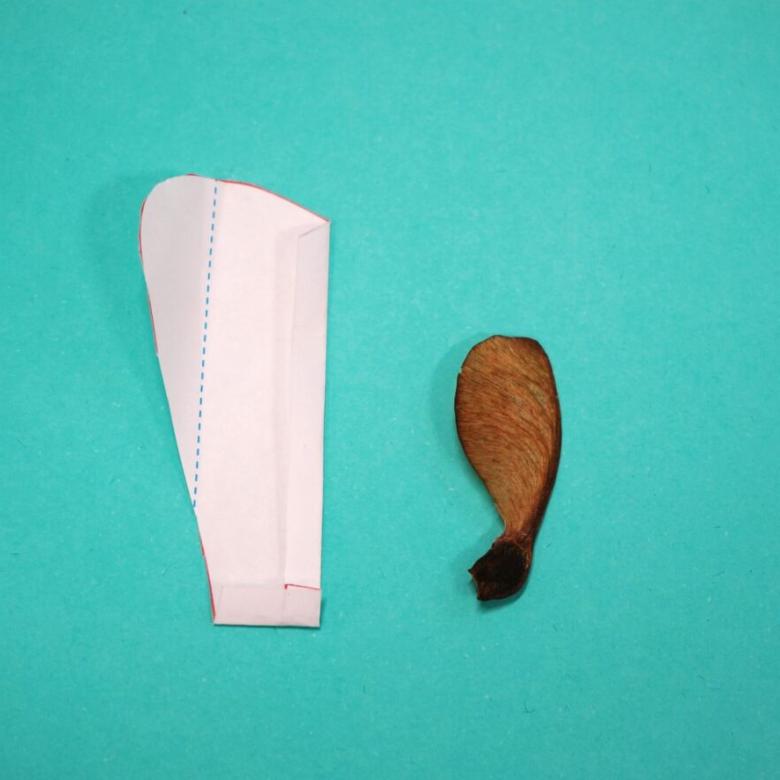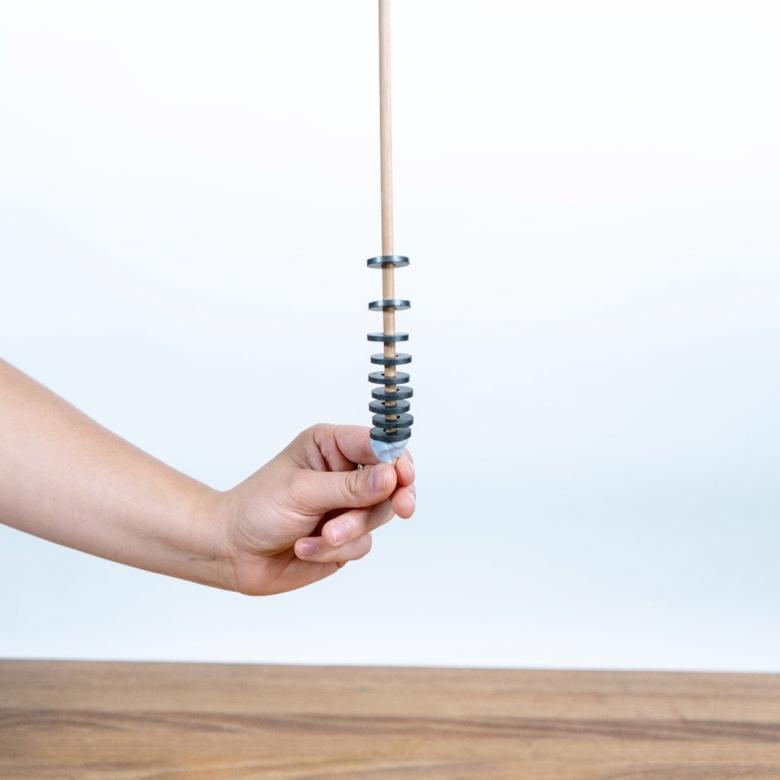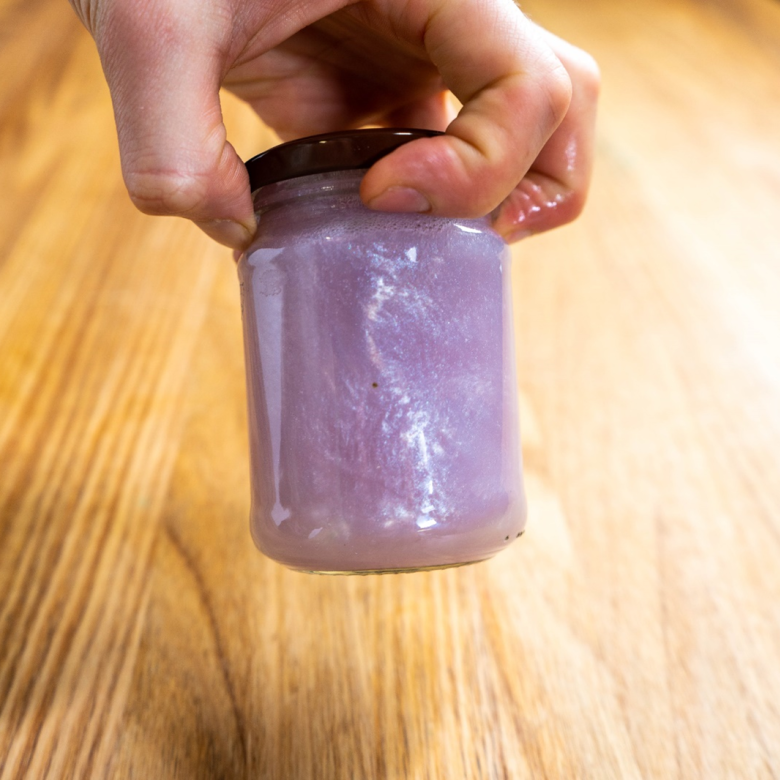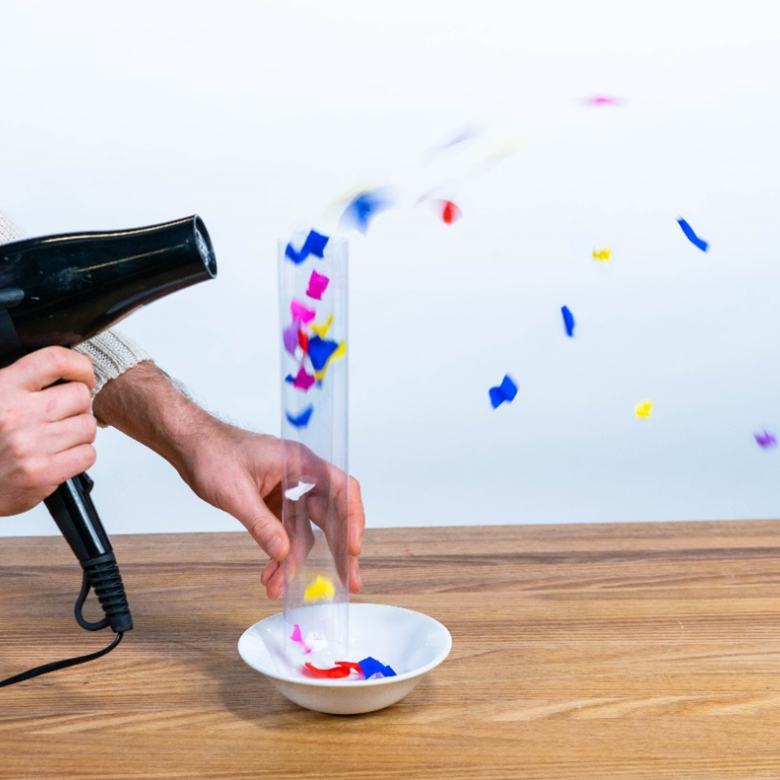You’ll need
- 2 balloons
- Half a cup of water
- A candle with a sturdy base (Blu Tack on a plate works well as a base)
- Matches or a lighter
What to do
- Blow up one balloon with air until it’s fully inflated.
- Fill one-third of the other balloon with water, then blow up the balloon with air until it’s fully inflated.
- Use the lighter or a match to light the candle.
- Slowly lower the air-filled balloon onto the candle flame. Get ready – the balloon will pop!
- Slowly lower the water-filled balloon onto the candle flame and hold it there. Will the balloon pop?
Questions to ask
What did you think would happen when you held the water-filled balloon over the flame?
Why do you think the water-filled balloon didn’t pop?
What would happen if you put more water in the balloon? What if you put less water in the balloon?
Can you see a black mark on the bottom of the water-filled balloon? How did this happen?
What's happening
The air inside the air-filled balloon isn’t very good at transferring the heat energy away from the rubber of the balloon. Because of this, the heat energy damages the thin layer of rubber of the balloon. This creates a weakness in the balloon. The air inside the balloon is under pressure and is pushing against the balloon in all directions. As the air inside the balloon pushes against the weakened rubber, the weakness in the balloon gets larger, until the balloon pops.
In the water-filled balloon, the heat energy from the candle flame passes through the thin rubber of the balloon quickly and heats the water. Water has a very high specific heat capacity. This means it takes a lot of heat energy to raise the temperature of water. Compared to air, water can absorb a lot of energy.
The molecules of water (H2O) are always moving, though you can’t see them. They move faster when they are hotter. The molecules of water at the bottom of the balloon are heated by the flame and become less dense (lighter), so they rise. The cooler molecules of water at the top of the balloon are denser (heavier), so they sink to the bottom of the balloon. Then the cooler molecules absorb the heat from the flame, get less dense and rise again.
This makes the water circulate. It is called a convection current. Convection continually transfers heat energy away from the balloon. The rubber does not warm up, the balloon is not damaged by the flame and it doesn’t pop.
The black mark left on the bottom of the balloon is not because the balloon has been burned. It is carbon from the candle flame – a bit like ash from a fire. Try rubbing it off with your finger or some paper towel.
(Sound of bubbles popping)
David: Hi, I’m David from the Questacon Science Squad, and today I’m going to show you how to make a flame-proof balloon.
Now, normally if you put a rubber balloon next to a candle, you’d expect it to pop, right?
(David places a balloon near a candle and it pops).
What a surprise, it pops. But what if you decided to put some water into the balloon? Now, this what you need to do. Grab a balloon and fill it up with water, and then blow it up the rest of the way with air, so it ends up looking something like this. Thank you!
(David is passed a balloon).
Now, take some matches, or a lighter, or maybe even ask an adult to help you with this, and re-light your candle.
(David lights the candle).
Take your half-water filled balloon and hold it on top of the candle flame. As you can see, it’s not popping.
(David holds the balloon over the candle and it does not pop).
Now, if you want to find out why the balloon isn’t popping, you can head on down to the Questacon website. See you next time.
Did you know
John Bartlett, a firefighter from Florida, USA, discovered that a used disposable baby nappy (diaper) didn’t burn in a fire in a rubbish bin. Disposable nappies are made with special materials that can soak up and hold a lot of water (or wee). Because the nappy was good at soaking up water, it didn’t burn during the fire. As a result of this discovery, the first fire-blocking gel was created.
People can use a fire-blocking gel coating on their house to protect it during a bushfire. The gel holds a lot of water, which absorbs the heat energy of the bushfire. The gel can be applied to the outside of a building to stop it being damaged by the heat energy and flying embers of a bushfire.


